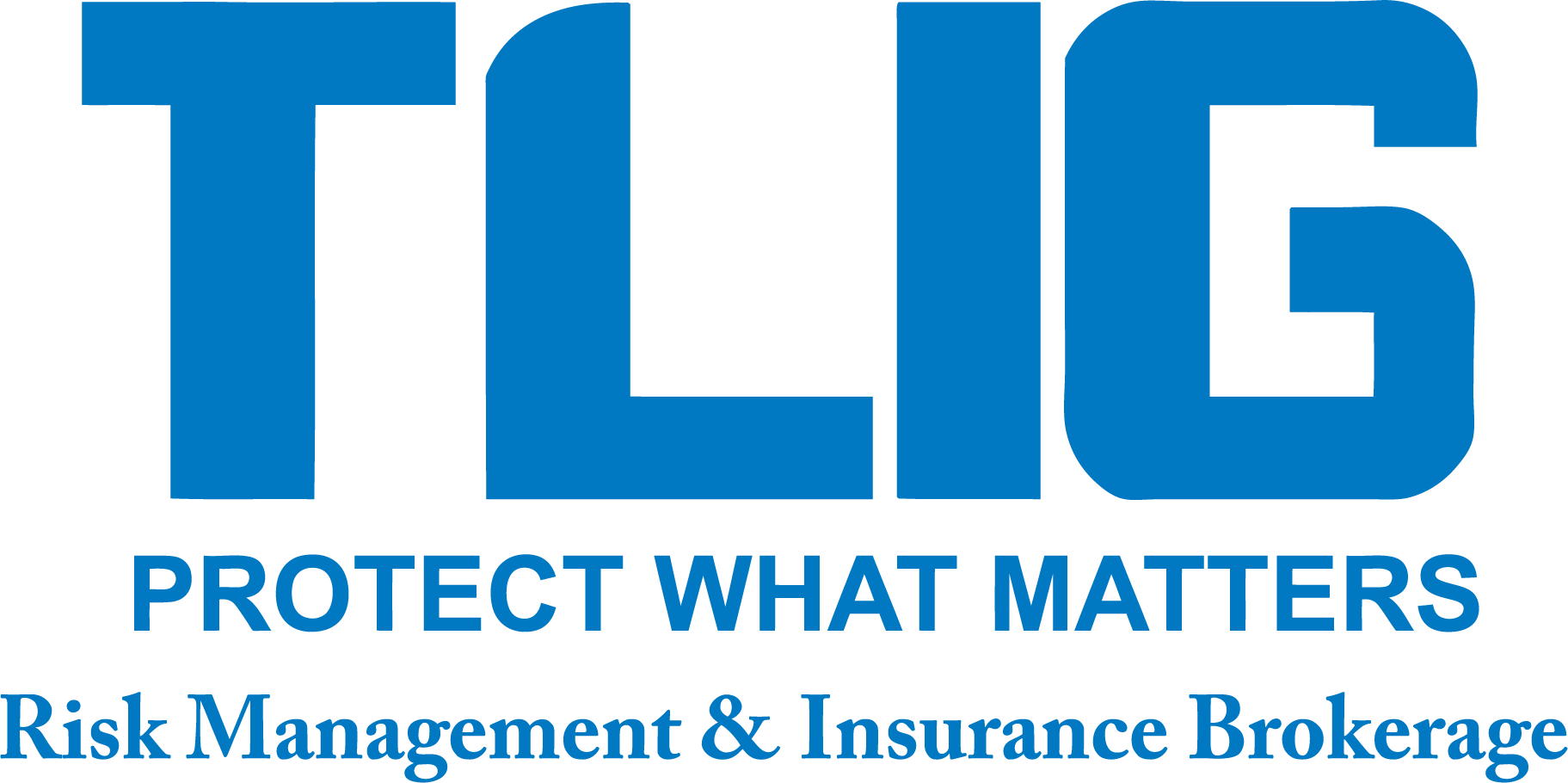Your family is forced to stay home due to the big storm hovering over the house. The comforting sounds and bright screen of your 52” LCD television eclipses the noise from outside. Then it happens: Just as you’re about to discover who gets voted off the island, your family is startled by sudden darkness.
After the outage forces your family to live in darkness for a few hours, the local power authority flips the switch and all is well…for a moment. The sudden surge of power is too much for your electronics to digest, and they’ve returned to oblivion.
American households spend billions on electronics annually. The average household contains thousands of dollars of electrical goodies like appliances and electronics, including televisions and computers. Limitations found in most standard forms of home insurance could leave you in the dark; such limitations say your insurance policy will not pay for damage to electronics that is caused by a power surge.
Renters and condominium unit-owners will not find comfort in their standard insurance policies, either; the same limitations usually apply.
A sudden surge in electrical current is not uncommon. There are a number of surge-protection devices designed to prevent this from compromising the life span of your most precious toys. But this hardware is not full-proof, and can still leave you and your family in the dark.
Losing your electronics due to power surge can be a financial disaster. Imagine having to replace that $2,000 television that is hooked up to the $1,000 home theater system you spent two weeks wiring, both of which are now left sizzling after a sudden jolt?
In many home insurance policies, this limitation only applies to personal property, not to “building property.” This means items that are considered part of your house, such as a built-in range, burglar alarm system or central heating/AC system are covered by your home insurance if bereft of life due to power surge. However, this is not true for all home policies.
There is hope. Most standard home insurance policies can be modified to cover losses to property caused by electrical surge. If your current policy cannot be modified, consider asking your agent to shop for a policy that includes the coverage or can be modified to do so.
Others may have a second option. Some power companies offer insurance for surge protection. They add a premium to your power bill, and in return offer insurance which can provide valuable coverage and allow you to collect damages without making a claim against your home insurance company or paying a deductible.
The cost of insurance provided through a power company varies; one major provider charges between $5 and $13 monthly for coverage ranging from $2,000 to $5,000.
However you chose to do so, purchasing this insurance coverage can be a tremendous relief for you and your family if the sudden voltage puts your prized possessions out to pasture.
TLIG is a local Trusted Choice® agency that represents multiple insurance companies, so it offers you a variety of personal and business coverage choices and can customize an insurance plan to meet your specialized needs.
Visit us online at www.tligins.com or call us at (434) 582-1444.

